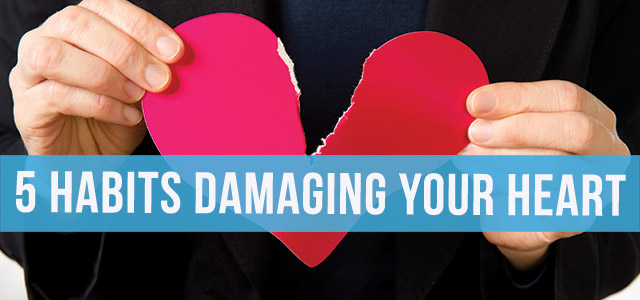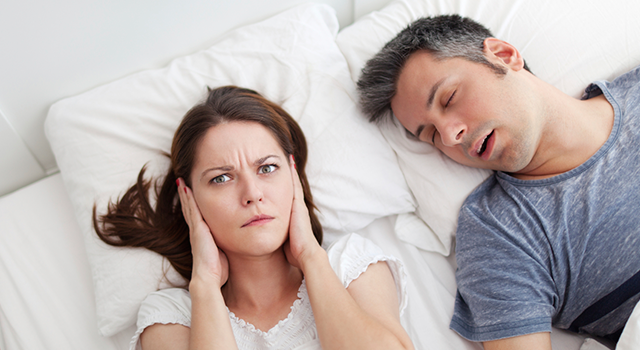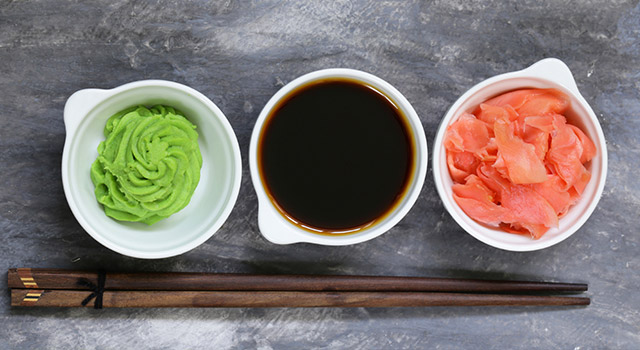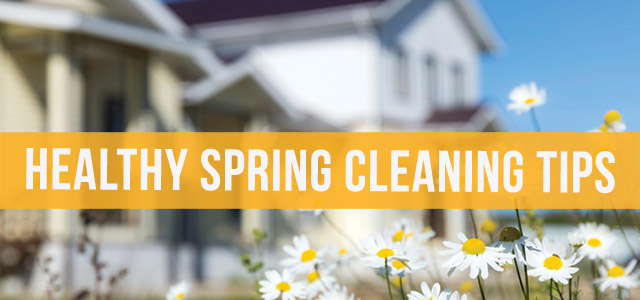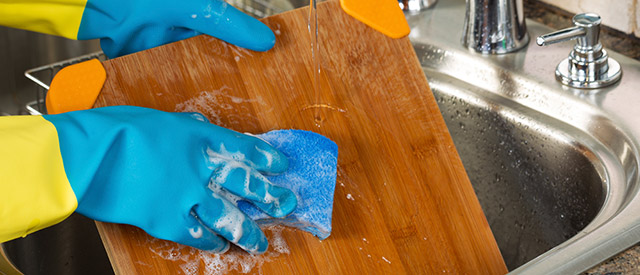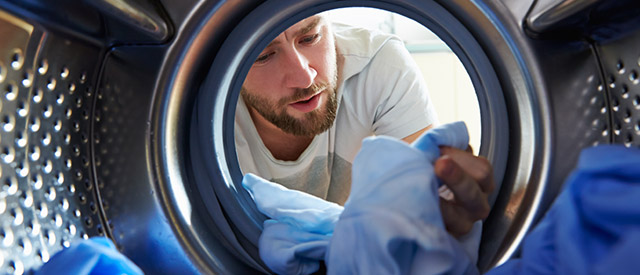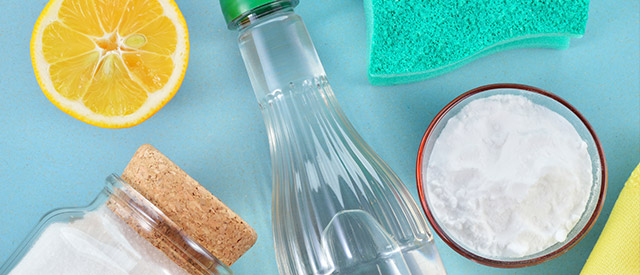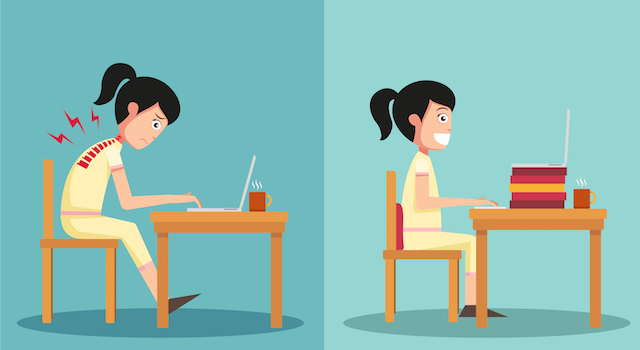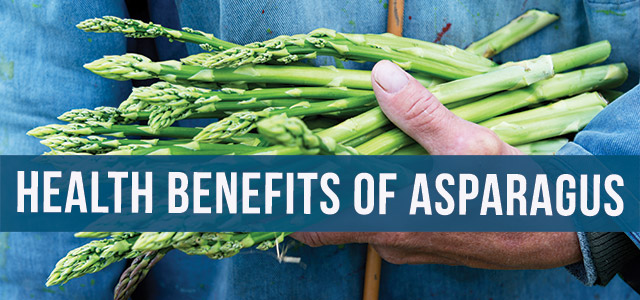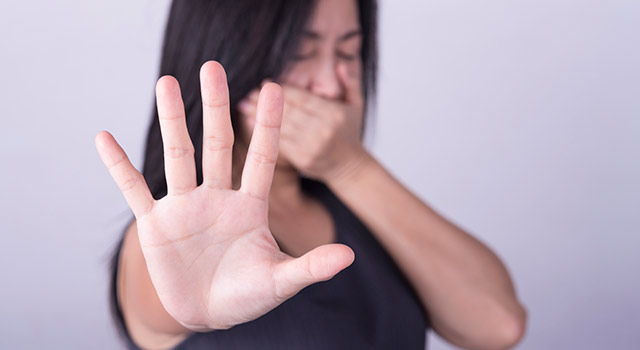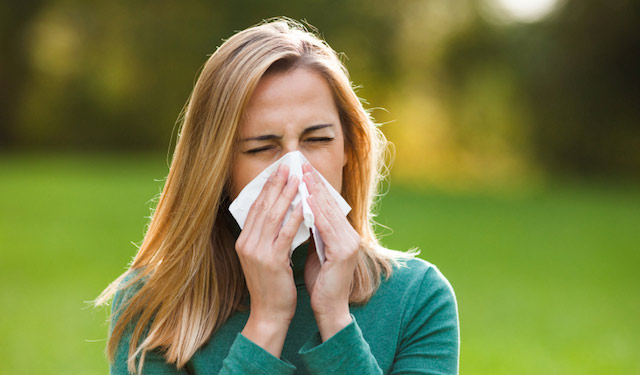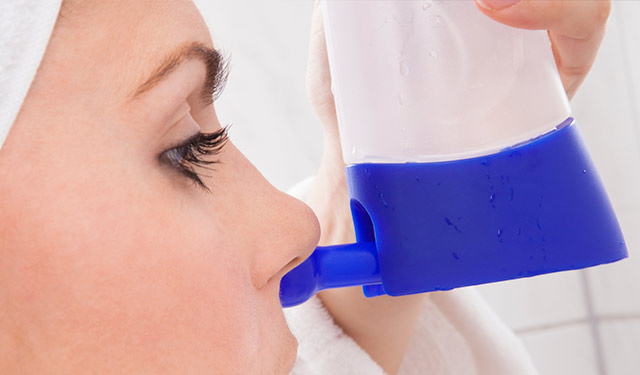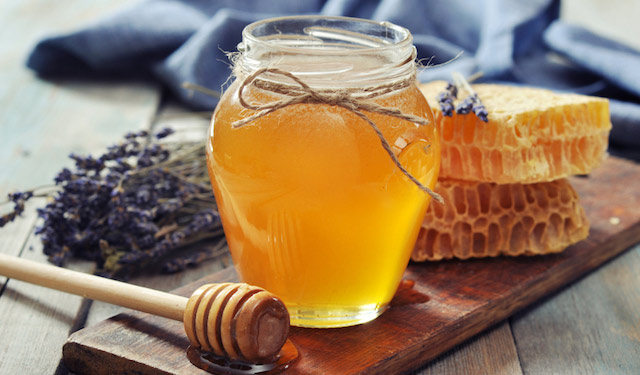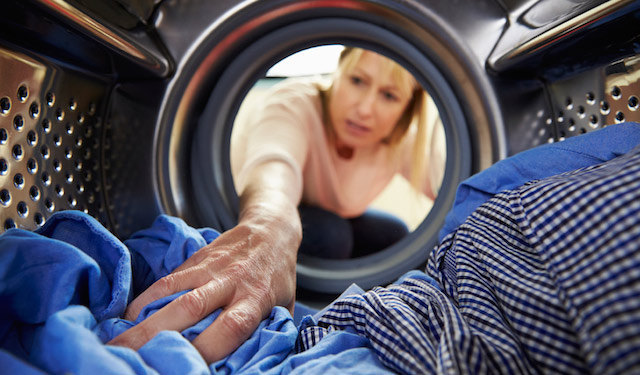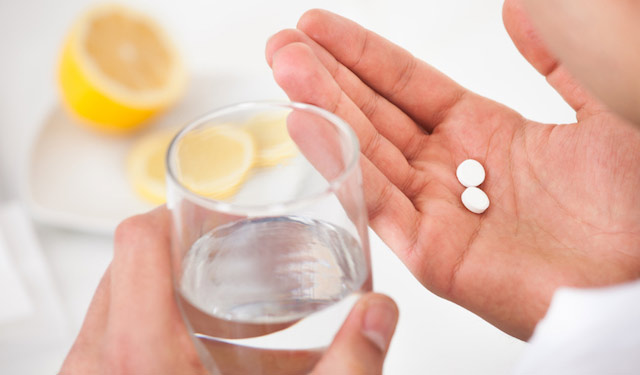
The Super Bowl happens to line up with the peak of flu season, which means that attending a Super Bowl party could have you suffering from body aches, fever, and a cough the following week. In fact, a new study from the American Journal of Health Economics revealed that the death rate from the flu is notably higher in individuals whose home team goes to the Super Bowl. Keep reading to see why this trend occurs and what you can do to protect yourself if you are rooting for the Broncos or the Panthers this Sunday.
Major sporting events align with an increase in flu infections
With any major sporting events, you are going to see large crowds of people packed into close quarters, meaning a virus like influenza will be highly successful in spreading rapidly. The flu can be transmitted to someone who is standing up to 6 feet away, and this is much more distance than you might see between members of a crowd at a Super Bowl party. Interestingly, home cities for Super Bowl contenders tend to spike for flu hospitalization and associated fatalities regardless of geographical factors that might influence flu mortality rates. Therefore, it’s likely that Denver and Charlotte along with their surrounding regions will see much higher flu mortality than usual in comparison to past years when their teams did not go to the Super Bowl.
Super Bowl parties welcome the spread of germs
If you attend a Super Bowl party, you might indulge in some classic party foods like hot wings, veggies and dip, and other finger foods. Because you are likely to eat with your hands, it is easy to get sick when you reach for a snack after a celebratory high five.
Smart habits can reduce your chances of getting sick
You don’t have to skip the Super Bowl party to prevent yourself from getting sick. Visiting your local pharmacy for a flu shot can be a helpful step if you haven’t gotten immunized against the flu this season. You should also wash your hands often, especially before eating or touching your face. If you are hosting a party at home, provide guests with plenty of facial tissues and hand sanitizer, and encourage them to cover their coughs and sneezes.
Should you still be tackled by the flu, remember that MeMD’s team of board-certified providers is available 24/7 to help with your healthcare.
The post Could Super Bowl Fever Give You the Seasonal Flu? appeared first on MeMD.

